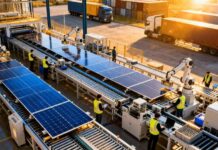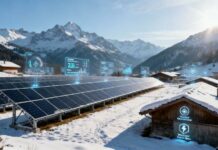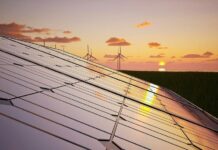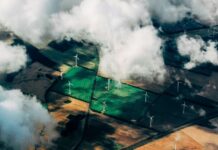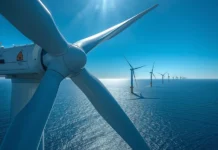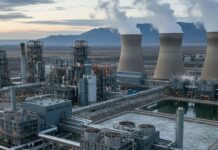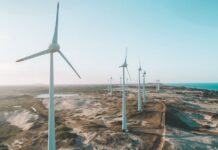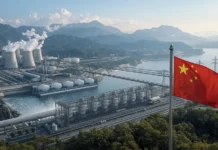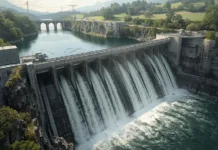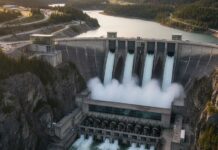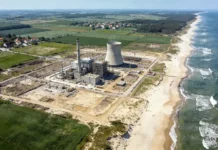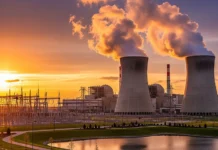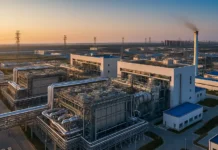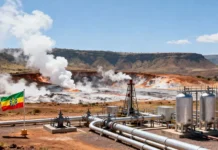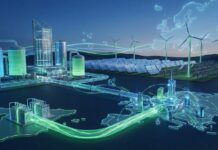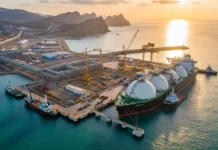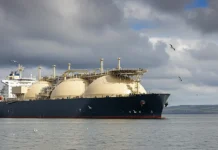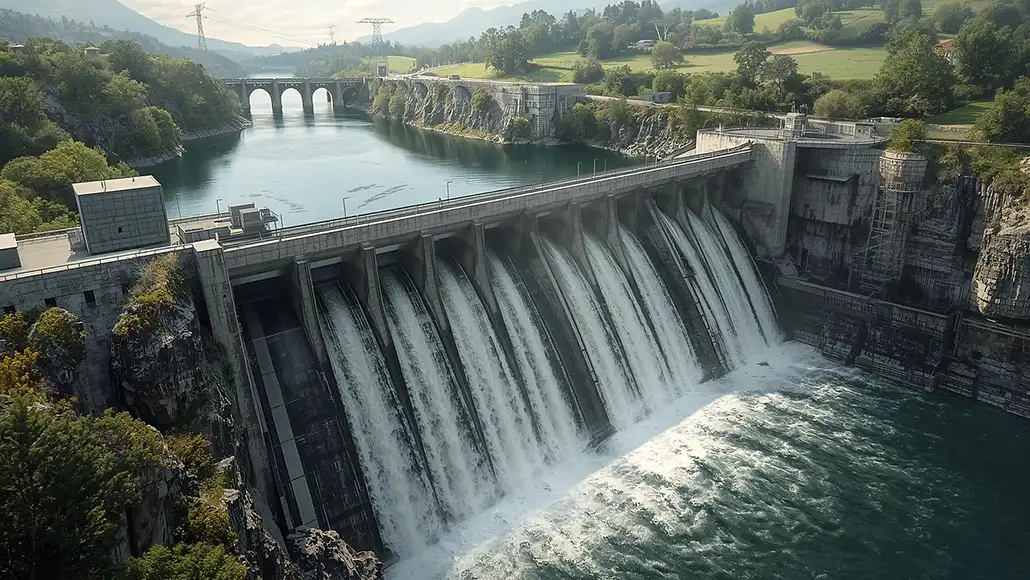Cameroon plans to add ten small hydropower plants by 2030. Together, they’ll supply about 25 MW of electricity, with each generating roughly 2.5 MW. The project sits within the country’s National Energy Compact, a roadmap developed alongside international partners to strengthen sustainable energy development.
According to the government’s schedule, the program’s framework documents will be drafted and approved in 2026. The government intends to offer investment incentives and subsidies to bring private developers on board. The first round of tenders, covering feasibility studies and company selection, is expected to be launched in 2027. Construction and contract signings are scheduled between 2028 and 2030, though that timeline could stretch if needed.
These ten plants form part of a larger national effort to build 50 small hydropower facilities across Cameroon. The first in the series, the Mbakaou plant, was inaugurated on April 14, 2022, in the Adamaoua region. IED Invest Cameroon built the 2.4 MW Mbakaou plant, which can be expanded to 4.8 MW. The project cost 4.5 billion Central African Francs (XAF) and was partly financed through a 1.5 billion XAF loan from BGFI Bank Gabon. During the inauguration, Abakal Mahamat, managing director of the bank’s Cameroonian subsidiary, stated that the institution was prepared to fund the remaining 49 projects. His comments followed an appeal from the Minister of Water and Energy, Gaston Eloundou Essomba, for greater investor engagement. “We want to build the other 49 to solve the electricity supply problem,” Mahamat said.
Small hydropower plants, defined as hydroelectric systems generating under 10 MW, are generally installed along rivers with consistent water flow, using both natural currents and engineered elevation drops to produce power. Cameroon is prioritizing this energy model for its environmental, financial, and social advantages. From an ecological perspective, small hydropower provides clean and dependable energy with less environmental disturbance than large-scale dams.
From an economic standpoint, these projects are cheaper to build, attract a wider range of investors, and have lower running costs, which can lead to more competitive electricity prices. Socially, they play a key role in bringing power to rural areas like the 2,800 new households connected through the Mbakaou plant and help improve living standards while creating local jobs.




